WAEC GCE Biology Practical Expo/Runs (obj/Essay) Questions 2025 :We are offering free 2025 WAEC GCE Biology (Essay, Obj & Practical) Questions and Answers for the Jan/Feb (1st Series) exams. This is an excellent opportunity for private candidates to access detailed study materials and exam solutions.
The West African Examination Council (WAEC) has released the Senior School Certificate Exam (WASSCE) Biology (Essay, Objective & Practical) schedule for private candidates participating in the Nov/Dec Diet, 2025 second (2nd) Series..

WAEC GCE Biology Practical (obj/Essay) Questions 2025
| Date | Exam Subjects | Time Schedule | Duration |
|---|---|---|---|
| Wednesday 26, 2025 | Biology 2 (Essay) | 9:30 am – 11:10 am | 1 hr 40 mins |
| Biology 1 (Objective) | 11:10 am – 12:00 pm | 50 mins | |
| Biology 3 (Practical) | 2:00 pm – 4:00 pm | 2 hrs |
2025 WAEC GCE Biology Alt to Practical Answers | 26th Nov
=============================
=============================
Loading.. ………. ……….
WAEC GCE Biology 2025 Essay/Theory Answers | 26th Nov
=============================
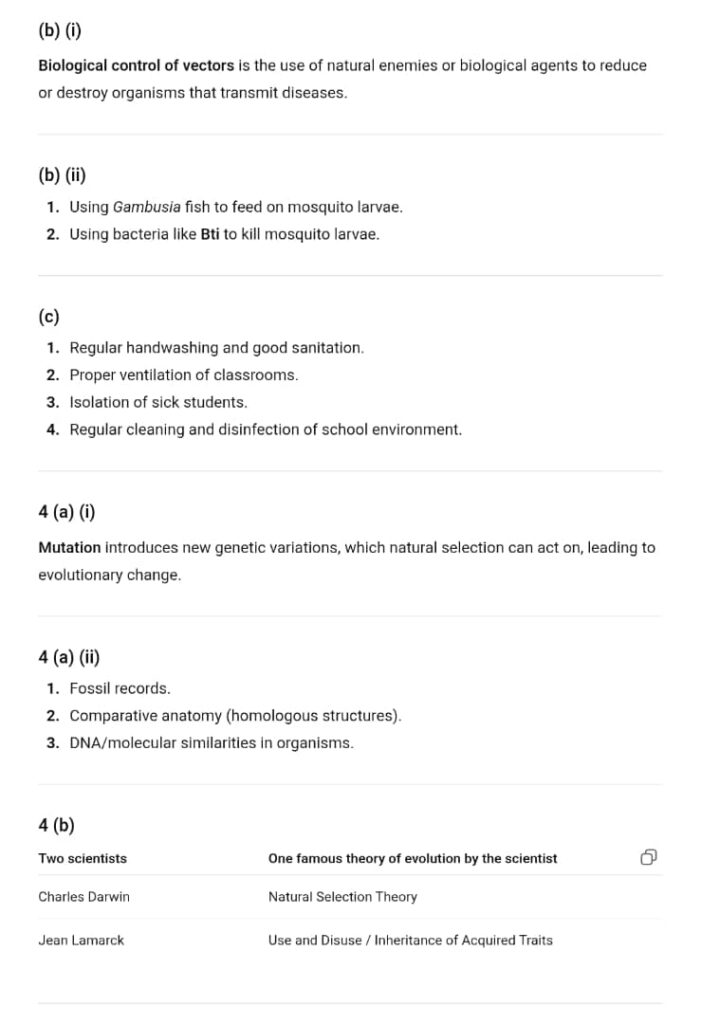
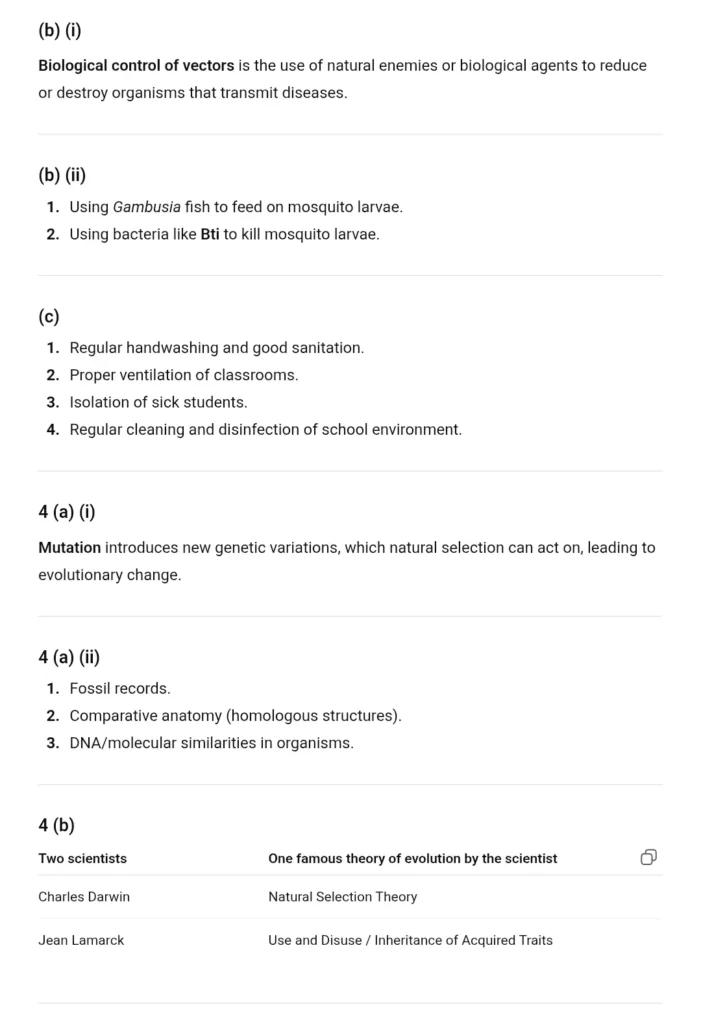
No4
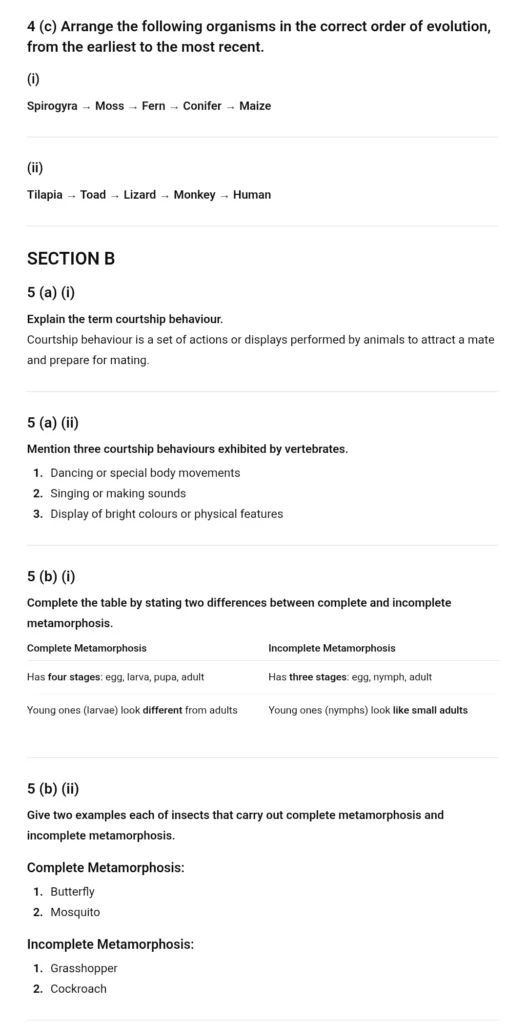
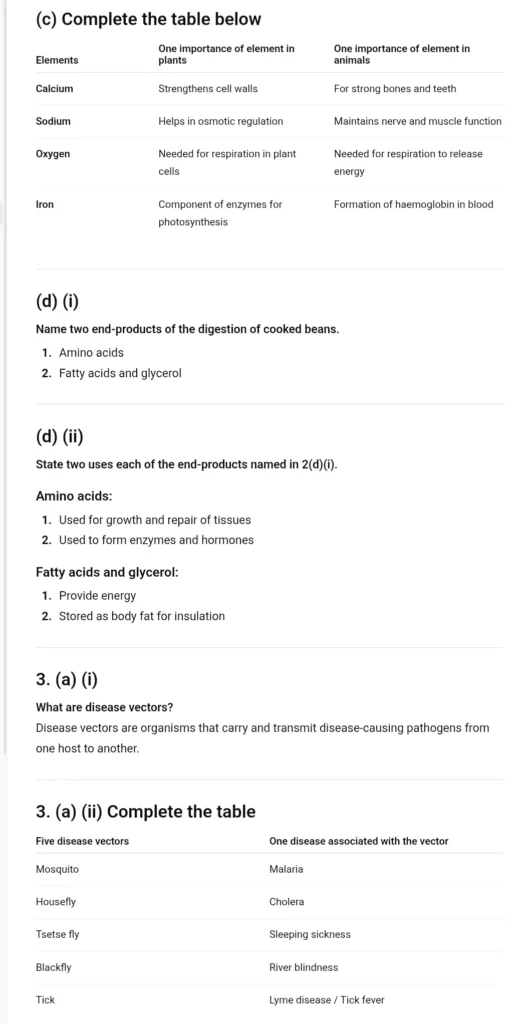
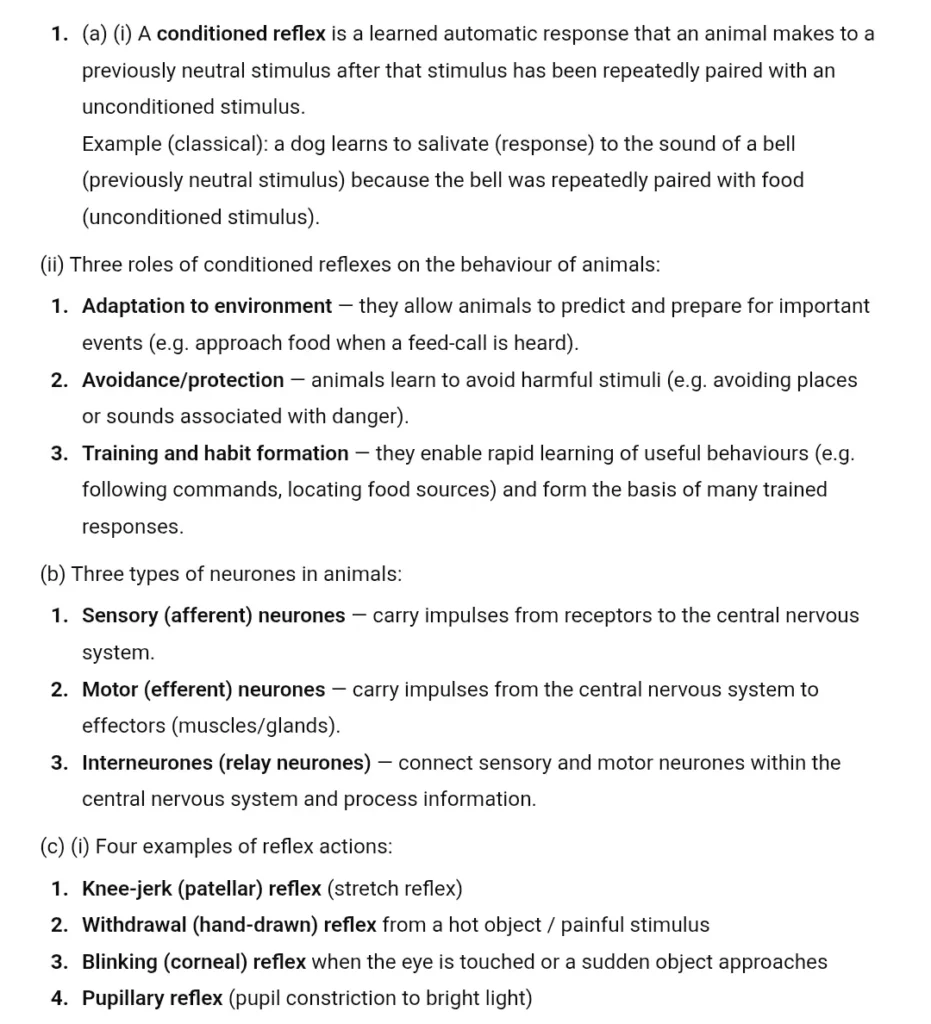
=============================
Loading.. ………. ……….
2025 WAEC GCE Biology objectives Answers | 26th Nov
=============================
=============================
Loading.. ………. ……….
Click Here To Get Full Questions And Answers
Can I take CBT for WAEC Biology Second Series?
Question: Does WAEC GCE biology second series use CBTs?
The answer is:
Yes, the WAEC GCE Biology second Series uses Computer-Based Testing (CBT). And also a paper-and-pen examination depending on your centre, The following are included:
- Candidates shade their answers on an OMR sheet.
- Candidates write detailed responses to essay questions.
- Answer questions based on specimens or experimental setups provided.
- In order to prepare for this exam, you can use online CBT practice tools, but the actual exam will not be computer-based.
Do you want to learn more about preparing effectively for the WAEC GCE First Series Biology exam? if yes, then read below :
Join Our Telegram Channel
Stay updated on all Biology obj, essay & practical questions and answers by joining our Telegram channel. Click below to join:
Recommended Posts:
- 2025 WAEC Igbo, Hausa/Yoruba Questions and Answers
- 2025 WAEC GCE Government 2nd Series Questions and Answers
- 2025 WAEC GCE Basic Electronics 2nd Series Questions and Answers
- 2025 WAEC GCE Financial Accounting 2nd Series Questions and Answers
- 2025 WAEC GCE CRS/IRS Questions and Answers
We only provide study materials to help you prepare and pass your WAEC GCE First Series exams. Good luck with your WAEC GCE preparation!
Related
Table of Contents
Toggle